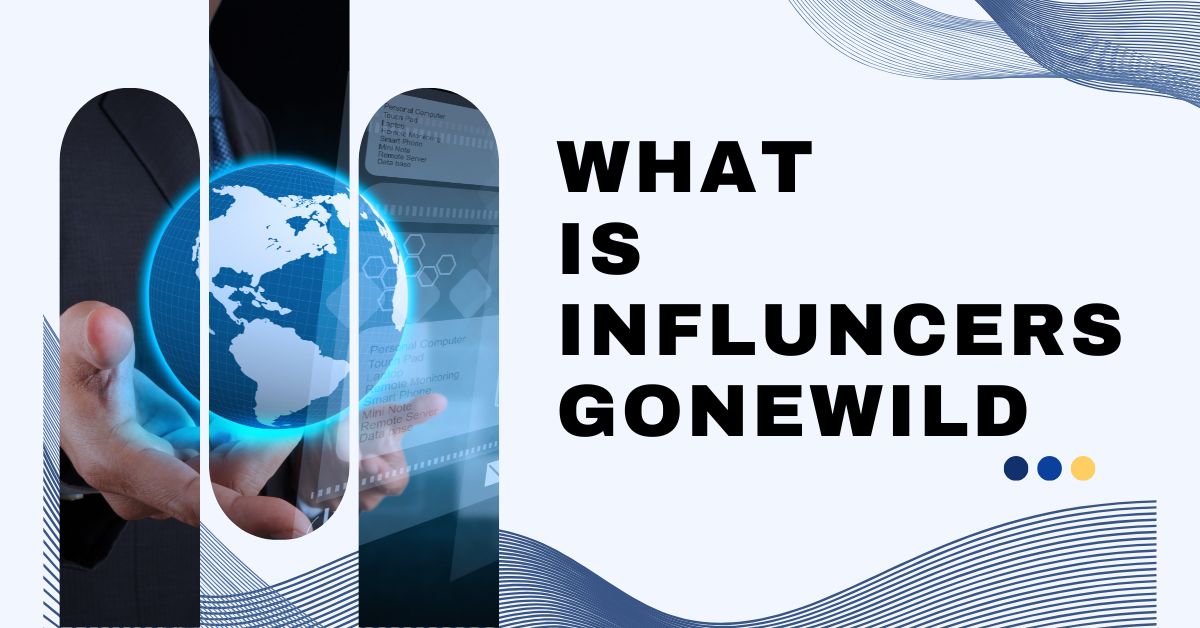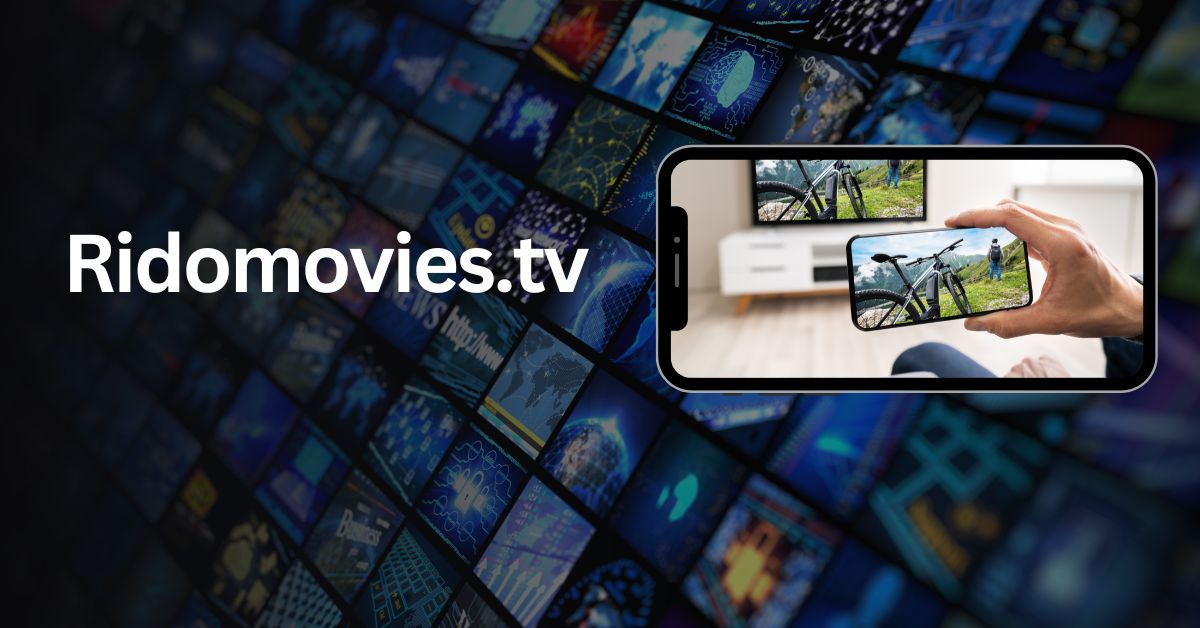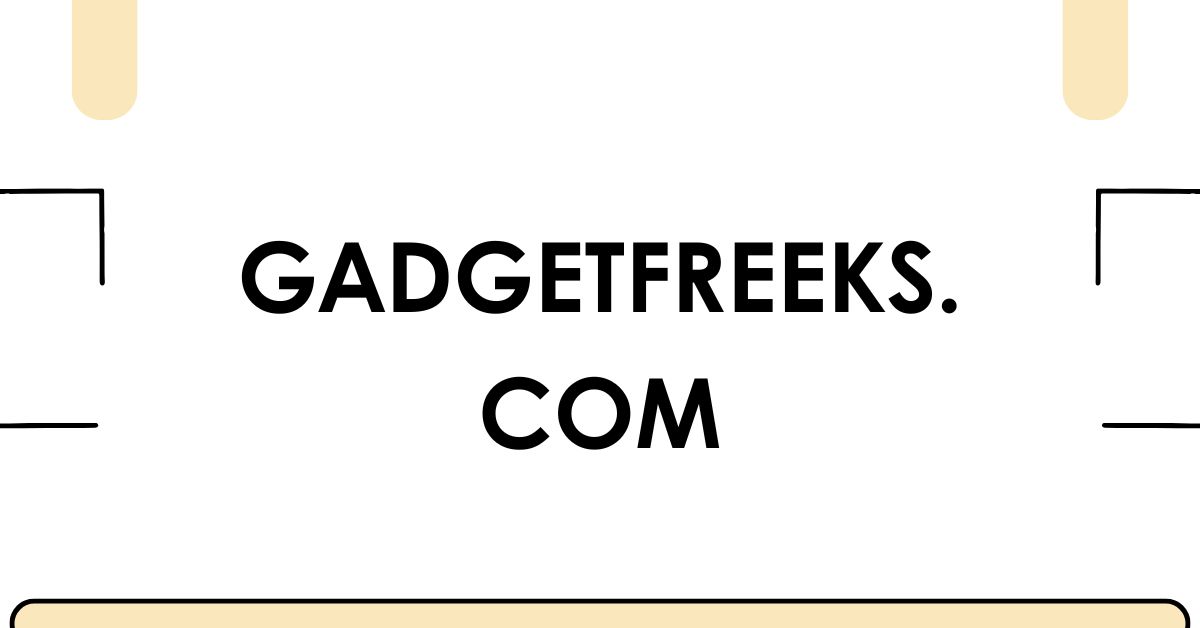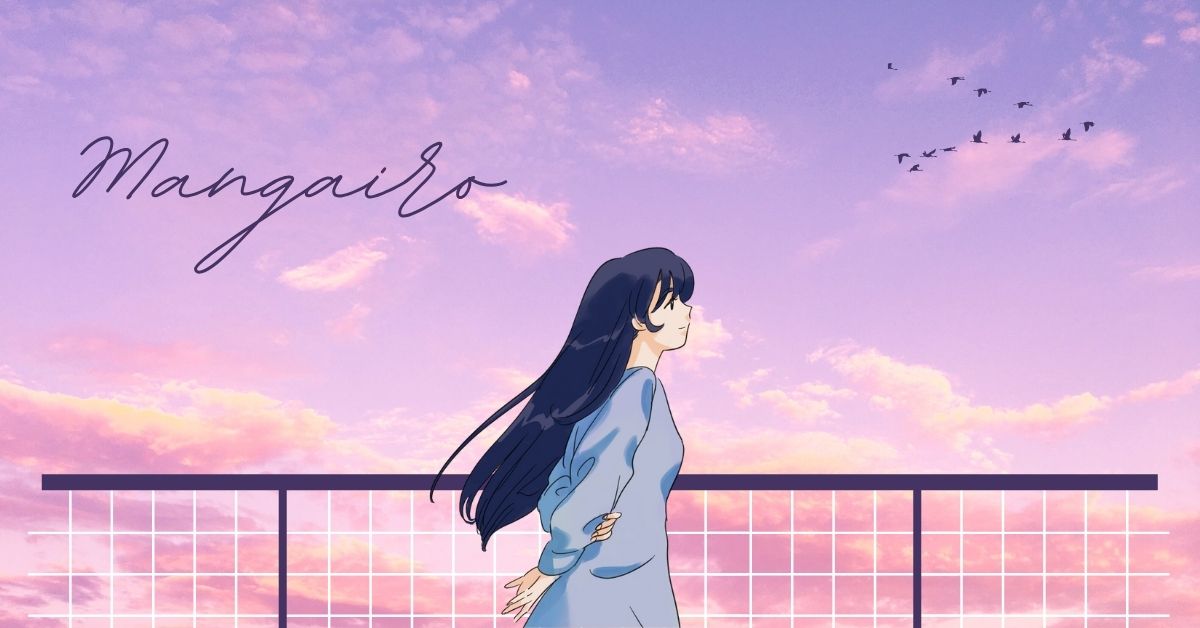Influncersgonewild is a controversial term that’s been making waves online. It refers to social media influencers—usually popular content creators—who push the limits of what’s considered appropriate for attention, engagement, or money. Think of it as a digital spotlight on creators who go viral for content that is shocking, scandalous, or overly revealing.
The Rise of Shock Value in influncersgonewild Culture
Online fame today isn’t just about talent or creativity—it’s often about grabbing attention by any means necessary. Many influencers push the envelope to stand out in a saturated market. Shock value becomes the hook. Whether it’s through suggestive content, public drama, or extreme challenges, the goal is to get people watching, clicking, and sharing.
Why the Platform Gained So Much Attention
The reason this topic exploded is simple—people are fascinated by drama. influncersgonewild acts like a hub that highlights the extremes of influencer culture, and curiosity drives traffic. Controversial content spreads like wildfire, giving these creators more visibility and, ironically, more influence.
Monetization: Fame Equals Fortune
Let’s not forget, influence = income. Platforms like OnlyFans, TikTok, and Instagram have created millionaires from people who knew how to build a personal brand and monetize it. Scandalous content can mean massive engagement, which often leads to lucrative brand deals, sponsorships, and subscription services.
Where Do We Draw the Line With Online Expression?
There’s a fine line between personal freedom and public responsibility. While everyone has a right to express themselves, influencers have a huge reach. Their content shapes trends, impacts mental health, and sometimes sets unrealistic expectations—especially among younger audiences. So, should there be limits? That’s still up for debate.
The Influence on Youth and Teens
Teenagers are especially vulnerable to what they see online. When influencers gain fame from provocative or outrageous behavior, it can send the wrong message. It blurs the line between fame and infamy. Teens may believe the quickest route to success is through shock rather than substance.
The Role of Algorithms in Viral Fame
Social media platforms prioritize engagement above all else. The more controversial or extreme the content, the more likely it is to be boosted by the algorithm. That’s part of why “InfluencersGoneWild”-style content gets so much visibility. It’s not just the creator’s fault—tech platforms play a big part.
Privacy Versus Public Persona
Many influencers blur the line between their personal lives and public image. Some post intimate moments for the world to see, often sacrificing privacy in exchange for popularity. But this open-book lifestyle can backfire, leading to harassment, burnout, and real-life consequences.
The Double-Edged Sword of Fame
Fame can be thrilling, but it’s also incredibly demanding. Influencers are under constant pressure to entertain, evolve, and remain relevant. One viral video may launch a career, but staying on top often requires a continuous stream of attention-grabbing content, which can be mentally and emotionally exhausting.
Cancel Culture and Its Impact on Influencers
One wrong move can lead to public backlash. Cancel culture has become a way for audiences to hold influencers accountable—but it also promotes a toxic cycle of outrage. The same crowd that cheers for viral fame can also tear it down in an instant. It’s a fragile fame, built on ever-shifting sands.
Brand Collaborations and Risky Reputations
When an influencer becomes controversial, brands take notice. Some companies love the visibility and edginess, while others pull away to protect their image. The partnership an influencer builds can either thrive or collapse depending on how they’re perceived by the public.
The Psychology Behind Risky Online Behavior
Why do influencers post risky or wild content? Often, it’s the dopamine rush of likes, shares, and viral fame. It’s a reward system that reinforces extreme behavior. Some creators may even become addicted to the attention, constantly looking for the next big reaction.
The Legal and Ethical Side of Influencer Content
There’s also a legal aspect to consider. Some content crosses into territory that could be considered exploitation, especially when minors are involved. There are also copyright issues, consent violations, and harassment cases that emerge from these controversial platforms.
What the Future Holds for Influencer Culture
As audiences become more aware, there’s a growing demand for authenticity over drama. More viewers now seek creators who are real, honest, and relatable rather than flashy or fake. While “InfluencersGoneWild” might still draw attention, the future may belong to those who balance boldness with responsibility.
How Audiences Can Stay Smart and Safe Online
It’s up to us as viewers to think critically. We should question what we consume, who we support, and what values we’re helping spread. Instead of rewarding bad behavior with attention, audiences can shift the spotlight to creators who offer value and inspiration.
Conclusion
influncersgonewild is more than just a trend—it’s a reflection of the current state of online fame. While some may find entertainment in watching the wild side of influencer culture, it’s essential to understand the real-world implications. From influencing young minds to affecting societal values, the ripple effects are vast. As digital audiences, we have the power to demand better content, support responsible creators, and redefine what it means to be truly influential.
FAQs
What does influncersgonewild actually refer to?
It refers to influencers who post extreme or provocative content to gain views, followers, and sometimes income, often sparking controversy.
Is content like this harmful to young audiences?
Yes, it can be. It may encourage risky behavior, low self-esteem, or unrealistic lifestyle expectations, especially in teens.
Do influencers face legal risks for wild content?
They can. Depending on what’s shared, influencers might face copyright issues, harassment claims, or other legal problems.
Can controversial influencers still get brand deals?
Yes, but it depends. Some brands avoid controversy, while others may use it for publicity—it’s a risky game.
How can viewers support healthier influencer culture?
By following creators who promote positivity, authenticity, and creativity—and avoiding content that thrives on shock or drama.





